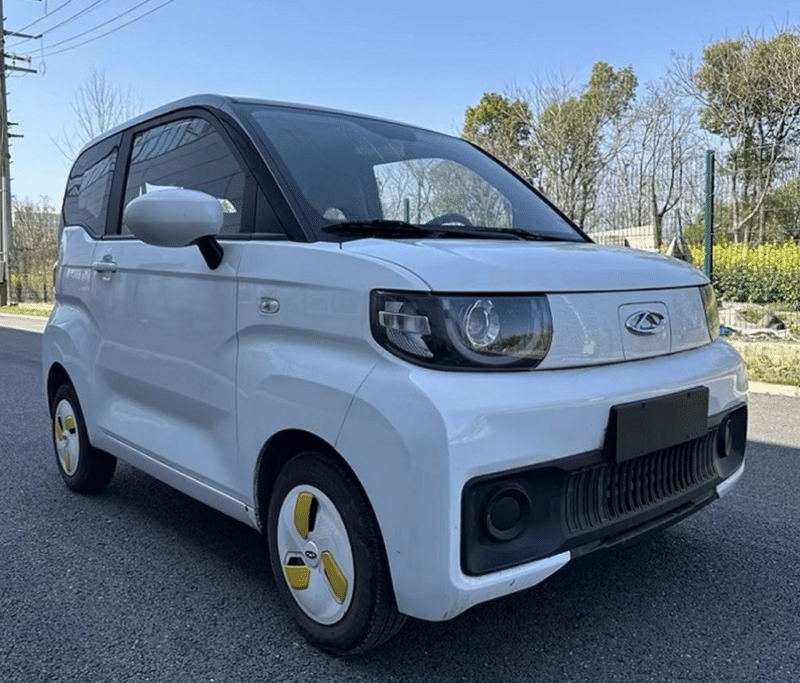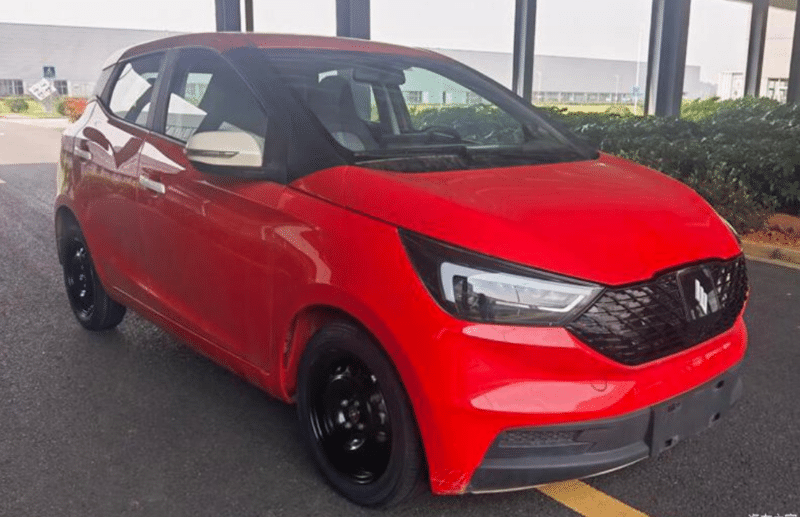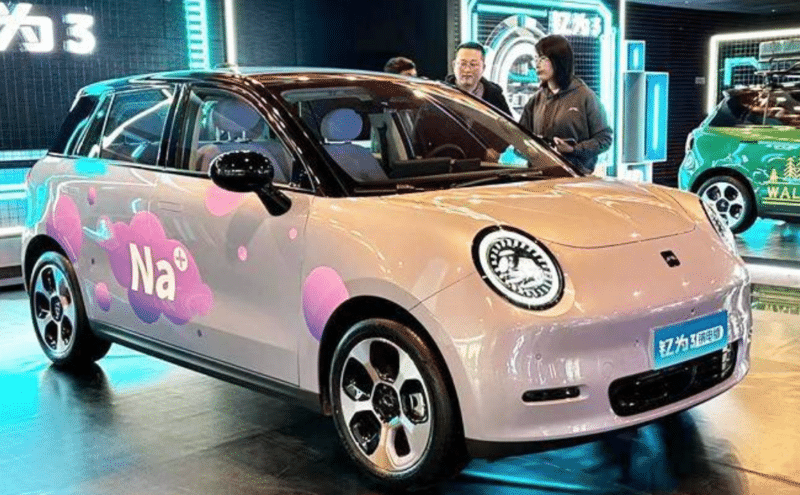Three years ago, the Chinese legacy car makers found themselves in trouble when the country’s EV credit system started penalizing OEMs with weak EV offerings, such as SGMW, Chang’an, and GWM. In order to offset the penalties, the carmakers started to attack RMB 10,0000 – 20,000 yuan (1,400 – 2,800 USD) LSEV markets in rural areas with A00-size EVs that were carrying lithium-iron-phosphate (LFP) batteries instead of ternary ones. By selling them at break even, carmakers would get much-needed EV credits to offset the heavy penalties. Things started to change, with lithium prices skyrocketing and killing the margin and, with it, the sales. Now, sodium shows up as a new way of Kei-car revival in China.
Last month, the state regulator approved two sodium-powered electric vehicles for sales and production in China. Chery and JMEV will thus become the first manufacturers with sodium offerings.

Chery installed sodium in one of its bestsellers, kei car named QQ Ice Cream. The battery supplier is CATL. The EV has maximum speed of 100km/h and curb weight at 764kg. Not much has been revealed on the battery, but CATL revealed some of the specifications during earlier presentations. Fujian battery maker uses a pack with lithium and sodium cells packed together. The cell’s energy density is 160Wh/kg and capacity 250Ah. At normal temperature, 80% of battery is charged in 15 minutes, while at -20°C it keeps over 90% of discharge. Grouping efficiency goes over 80%. CATL added that despite sodium battery not having particular advantage compared to lithium once lithium prices drop, OEM’s battery is not sensitive to lithium price volatility.

JMEV Yichi Yutu was the second electric vehicle to be approved for sales and production. A0 EV carries Farasis sodium battery. Maximum speed is 100km/h, curb weight is 1,080kg. It will offer 16kW and 36kW engine. The battery data was not revealed, but Farasis presentations show a 155Wh/kg cell with over 2,000 cycles and 90% discharge at -20°C. The battery maker prepares to raise the cell density from 160Wh/kg to 220Wh/kg by 2030 as it aims to offer sodium solutions for all EVs below 500km range.

Although, it did not enter MIIT’s catalog yet, JAC started road tests with Hina Battery sodium pack on kei car named SOL EX10. The A00 EV carries 25kWh pack with 120Wh/kg energy density and supports 3C-4C charging. The pack is made of prismatic cells with 140Wh/kg density. The range is 252km. JAC also announced sodium version of its latest model, Yiwei 3.

Out of major manufacturers, BYD is rumored to install a sodium pack in Seagull and Dolphin, as well as its forklift models. Earlier this month the OEM said it prepares for mass production of 150Ah sodium blade battery in the second half of the year.
Source: China Securities Journal, Caijing



